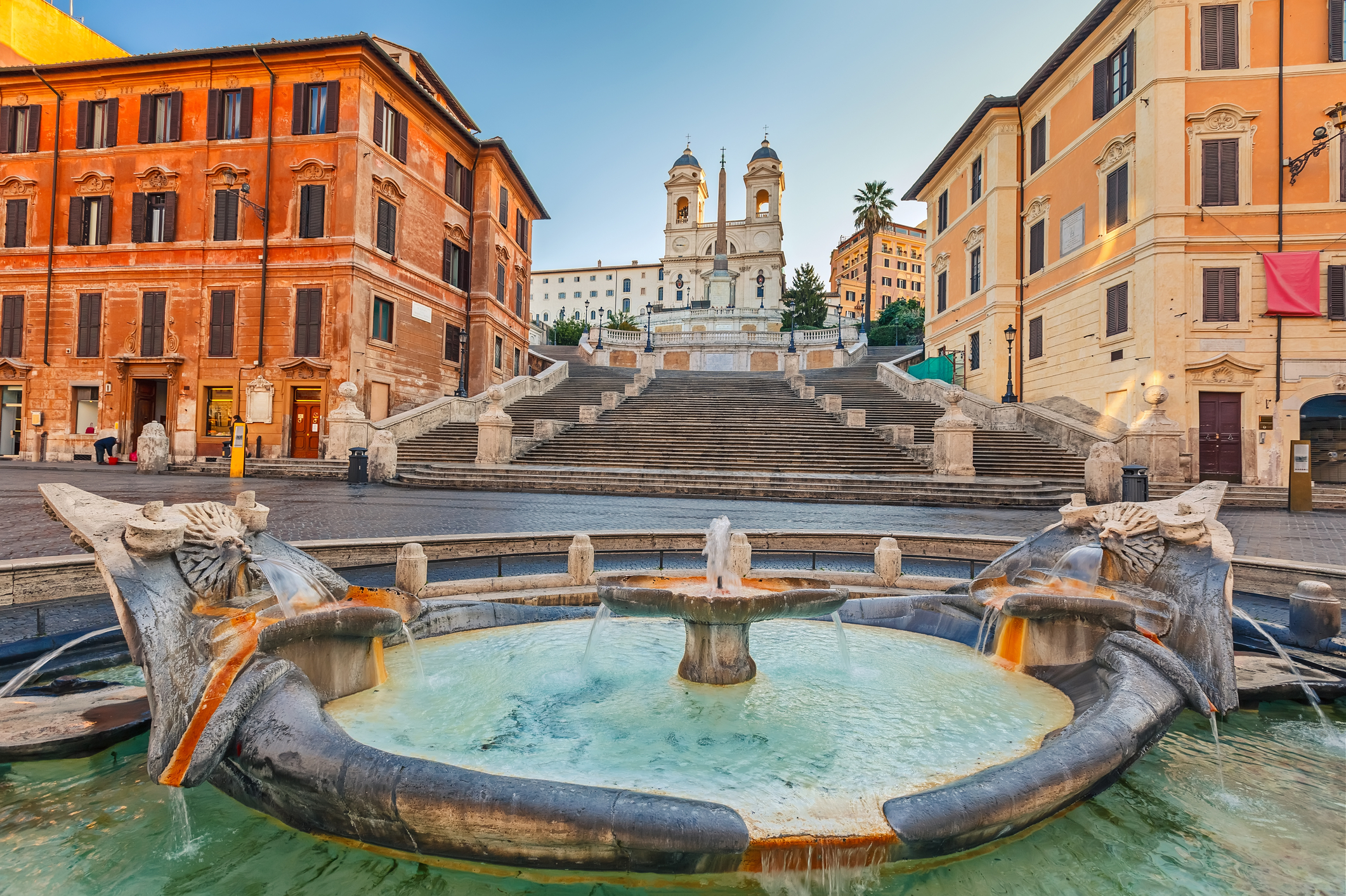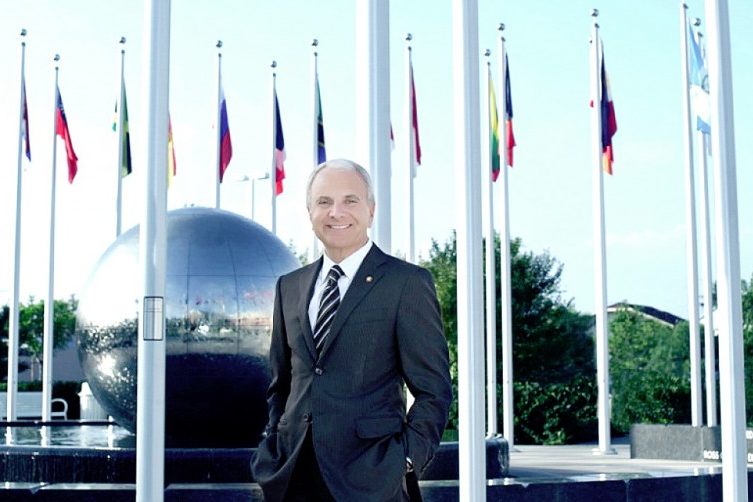One of the most famous and beautiful spots in the city of Rome, the monumental stairway of 136 steps that connects Piazza di Spagna to the church of Trinità dei Monti will soon be given new life by the Italian luxury goods company Bulgari, which offered 1.5 million euro to finance a two-year restoration project.
The operation will be funded in three segments, as part of an ambitious plan of Rome’s City Council to create a pedestrian zone in the central area of Piazza di Spagna, Via del Corso and a few adjacent streets.
Since it opened in 1884, the historic fashion house has been closely linked to the Italian capital, drawing inspiration from its countless artistic and architectural jewels, as CEO Jean-Christophe Babin underlined.
On the occasion of its 130th anniversary, not only did the maison reopen the flagship store in Via Condotti – located just in front of the Spanish Steps, and completely remodeled by architect Peter Marino – but it also strengthened its relationship with the city of Rome by adopting the iconic landmark.
The special tribute to the brand’s hometown was announced a few days ago by president Paolo Bulgari and Rome’s mayor Ignazio Marino, who has expressed his gratitude to all the big names of Made in Italy that support philanthropic initiatives aimed at preserving the city’s cultural heritage.
In fact, as he recalled, Bulgari is the latest example of a positive trend begun with the restoration of the Roman Coliseum by Diego Della Valle – CEO of the renowned Italian leather goods company Tod’s – and followed by Fendi’s commitment to revive several famed fountains in Rome, such as Trevi and Quattro Fontane.
According to entrepreneur Diego Della Valle, similar projects should also represent an incentive to the country’s recovery from the crisis, as he firmly believes that the combination of cultural and tourism assets can give a boost to Italy’s economy in the near future.
After three years of red-tape related delays, the renovation of the Coliseum began in 2013, and should be completed within three years. The makeover of the Trevi Fountain is expected to end in 2015, and the face-lifted Spanish Steps should be unveiled in 2016. And this might be just the beginning.
As Paolo Bulgari pointed out, Italy and its capital are extremely rich in historic and artistic monuments, and the government is unable to take care of them all – a shameful example is the collapsing ruins in Pompeii. Therefore, the intervention of private investors and patrons becomes crucial – and provides a major return on image for the brands.
Hopefully others will follow in Bulgari’s steps, as now more than ever Italy can’t afford to let such treasures go to waste.
It will take a few years, but pretty soon the scaffoldings will be removed, and Romans as well as millions of tourists will enjoy an even more beautiful Eternal City.




























